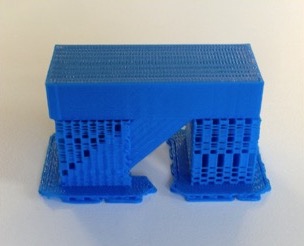
H.Q. Dinh, S. Lefebvre, F. Gelman, and F. Claux
ACM International Conference & Exhibition on Computer Graphics & Interactive Techniques (SIGGRAPH), 2015. PDF 75.5MB
This course presents an in-depth view of what is required to produce high-quality 3D prints with today's consumer-level technology. Topics include the many challenges associated with developing modeling and slicing software for several generations of printers with different characteristics, how to overcome mechanical problems with software solutions, the properties of molten plastic that make 3D printing a complex problem, and optimizations to improve print time and reduce plastic usage.
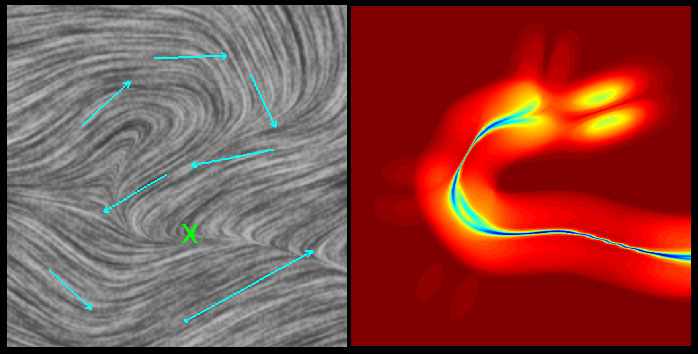
L. Xu, H.Q. Dinh, E. Zhang, Z. Lin, and R.S. Laramee
IEEE Conf. on Computer Vision and Pattern Recognition (CVPR), 2009. PDF 538KB
[acceptance rate 2009: 26%]
In automotive engine design, a turbulent-free flow through the combustion chamber leads to optimal mixing of fuel and air and a more efficient combustion process. We introduce an algorithm to track points through vector fields with the ultimate goal of identifying the source of turbulent flow, a problem important to automotive and ocean engineers.

V. Petite , H.Q. Dinh, and E. Fisher
International Digital Media and Arts Association (iDMAa) Conference, 2008. PDF 177KB
We present a user study to measure how visual elements in formal composition (shape, texture, color, tone, and subject) affect perceptions of analogy, or similarity, in images. We found that subject, shape, and color are most often identified as the reason for perceiving similarity. Correlation between visual elements reveal that some can be used as indicators of others. For example, subject is a strong indicator that shape is also similar by 71% and visa versa by 67%. Hence we can infer subject similarity based on shape similarity (with 67% confidence).

L. Xu and H.Q. Dinh
IAPR International Conference on Pattern Recognition (ICPR), Dec. 2008 PDF 1.4MB
[last known acceptance rate (2006): 14%]
We present a novel local descriptor to compare individual points in a vector field and rank them based on which are most similar to a selected point. The descriptor captures the statistics of the neighboring vector field around a central point and is discriminating, robust to noise, and efficient to generate and compare.

H.Q. Dinh and L. Xu
IAPR International Workshop on Structural and Syntactic Pattern Recognition (SSPR) in conjunction with ICPR, Dec. 2008 PDF 3.8MB
[acceptance rate 2008: 56%]
We present a novel algorithm to measure the similarity of vector fields using global distributions that capture both vector field properties (e.g., vector orientation) and relational geometric information (e.g., the relative positions of two vectors in the field). We show that such global distributions are capable of distinguishing between vector fields of varying complexity and can be used to quantitatively compare similar fields.
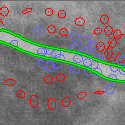
G. Slabaugh, H.Q. Dinh, and G. Unal
Computer Vision and Pattern Recognition (CVPR), June 2007 PDF 419KB
[acceptance rate 2007: 23.4%]
We derive differential equations for evolving radial basis functions (RBFs) to solve segmentation problems. The differential equations result from applying variational calculus to energy functionals designed for image segmentation. Our methodology supports evolution of all parameters of each RBF, including its position, weight, orientation, and anisotropy, if present. Our framework is general and can be applied to numerous RBF interpolants.
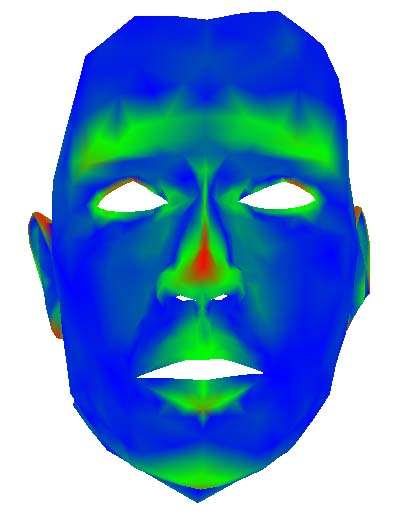
H.Q. Dinh and S. Kropac
Computer Vision and Pattern Recognition (CVPR), June 2006 PDF 1.3MB
[acceptance rate 2006: 23.3%]
We address two issues concerning spin-images, namely: (1) comparing uncompressed spin-images across large datasets is costly, and (2) a method to select the appropriate bin size and image width for spin-images is not clearly defined. Our solution is a multi-resolution method that generates a pyramid of spin-images by successively decreasing the spin-image size by powers of two. To efficiently correlate surface points, we compare spin-images in a low-to-high resolution manner.
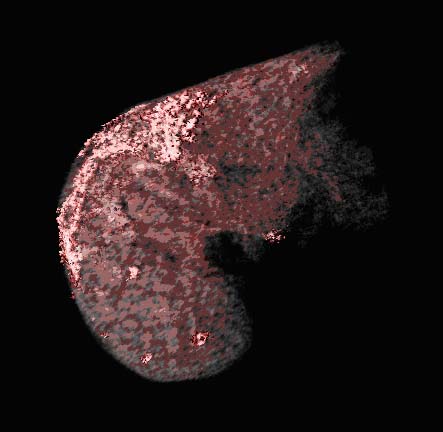
B. M. Carvalho and H.Q. Dinh
13th Conf. on Medicine Meets Virtual Reality (MMVR), Jan. 2005 PDF 183KB
The observation of the evolution of a course of treatment can provide a powerful tool in understanding its efficacy. To visualize this, we produce animations allowing the visualization, as a function of time, of lesions in an organ. The animation produced is a morph describing how a source shape (pre-treatment) gradually deforms into a target shape (post-treatment). The morph is computed on the GPU, so both visualization of the volumes and morph generation are performed in real-time.
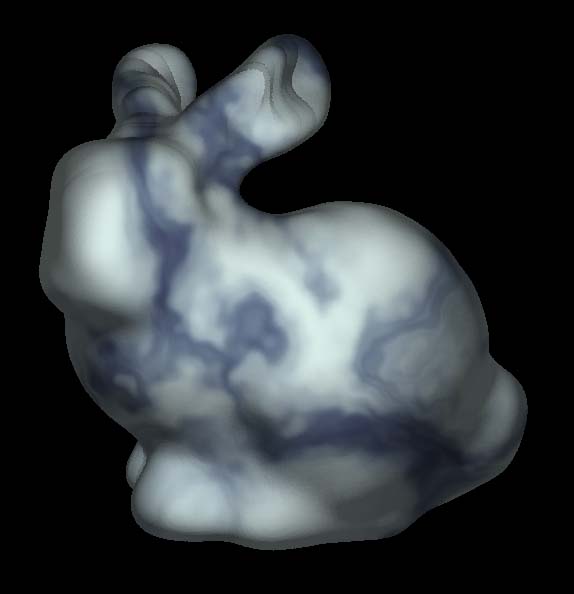
A. Corrigan and H.Q. Dinh
locally published at the International Workshop on Volume Graphics, June 2005 PDF 548KB
We present a method to compute and visualize implicit surfaces represented by a summation of weighted RBFs. We use the GPU to compute the implicit function value at every rendered pixel and directly display the shaded iso-surface without extracting a polygonal representation.
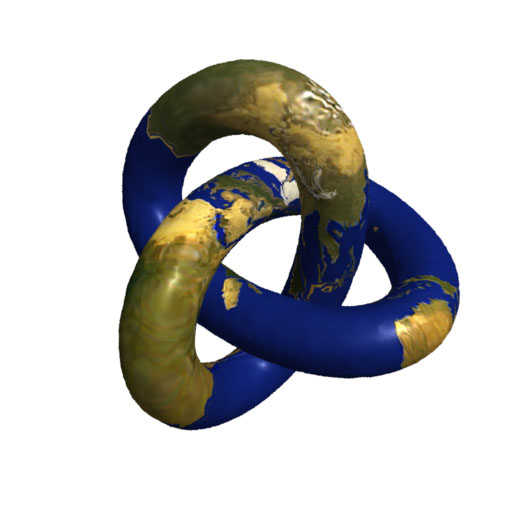
H.Q. Dinh, A. Yezzi, and G. Turk
ACM Transactions on Graphics (TOG), Vol.24(2), April 2005 PDF 9.78MB
[impact factor: 4.081]
also appears as Tech Report CS-2004-7, Department of Computer Science, Stevens Institute of Technology PDF 621K
Implicit shape transformation methods can create morphs between objects of arbitrary topology. Explicit correspondences are not generated. Hence, transfer of surface properties such as texture is not possible in implicit morphing methods. We form explicit correspondences between shapes in an implicit morph by solving two PDEs that result in trajectories from the starting shape to the ending shape.
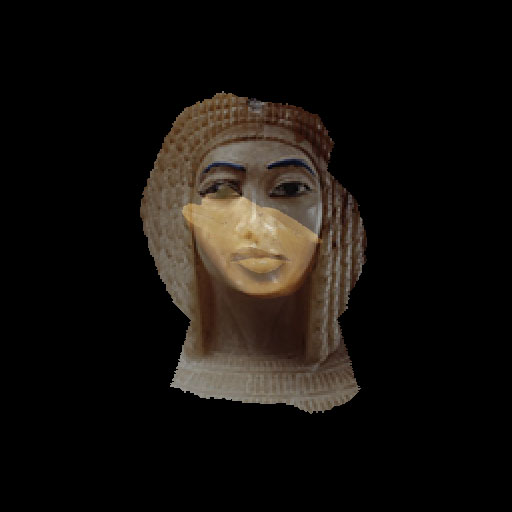
H.Q. Dinh and B. Carvalho
Tech Report CS-2004-8, Department of Computer Science, Stevens Institute of Technology
PDF 474KB
We present an interactive technique to construct implicit shape transformations using the texturing hardware in graphics cards. Our solution allows a user to interactively modify parameters of the morph (scaling, translation, rotation, and warps) and immediately see the resulting changes in the intermediate shapes.
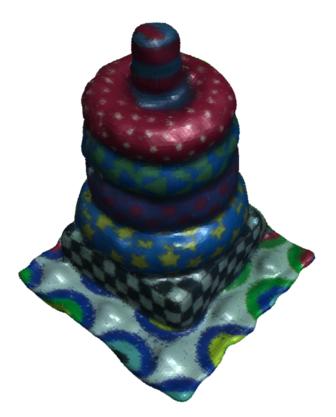
H.Q. Dinh, G. Turk, and G. Slabaugh
IEEE Transactions on Pattern Analysis and Machine Intelligence, October 2002 PDF 2.9MB
[impact factor: 4.306]
Data acquisition techniques from computer vision, such as stereo range images and space carving, produce 3D point sets that are imprecise and non-uniform when compared to laser or optical range scanners. We present a new method of reconstructing surfaces from such data using radial basis functions that achieve multiple orders of smoothness. Our method generates a 3D implicit surface that approximates the data, closes off holes in the data, and is locally detailed, yet globally smooth.
project webpage
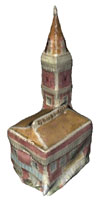
H.Q. Dinh, G. Turk, and G. Slabaugh
International Conference on Computer Vision (ICCV), 2001 PDF 1.3MB
[acceptance rate 2001: 26.8%]
We present a new method of surface reconstruction that draws upon the work in variational implicit surfaces. We can handle noisy and non-uniform data sets and preserve sharp features using anisotropic basis that allow the surface to vary locally. The reconstructed surface is sharper along edges and at corner points.
International Conference on Shape Modeling and Applications 2001
[acceptance rate (avg): 37%]
G. Turk, H.Q. Dinh, J.F. O'Brien, G. Yngve

H.Q. Dinh and G. Turk
Graphics, Visualization, and Usability Tech Report GVU-00-26 PDF 2.3MB
We present a new method of surface reconstruction using radial basis functions that achieve multiple orders of smoothness. In this report, we explore the space of values for the parameters that control surface smoothness and fitness, and obtain a range of values for which smooth, yet detailed, surfaces are reconstructed from noisy data sets.
project webpage
H.Q. Dinh and G. Turk
Graphics, Visualization, and Usability Tech Report GVU-00-28 PDF 185KB
The goal of surface reconstruction is to obtain a continuous representation of a surface described by a cloud of points. This paper surveys the solution techniques for this problem. In particular, more attention is given to the algebraic domain than to the computational geometry domain.
project webpage
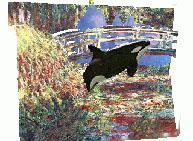
S.B. Kang and H.Q. Dinh
Graphics Interface, 1999 PDF 1.3MB
[acceptance rate (avg): 28%]
We present a multi-layered image-based rendering system that accepts image-based and 3D based layers to produce and render new environments. The computation required for rendering the new environment is reduced by caching composite snapshots of the new environment at reference poses.

H.Q. Dinh, N. Walker, C. Song, A. Kobayashi, and L. Hodges
IEEE Virtual Reality (VRAIS), 1999 PDF 187KB
[acceptance rate (avg): 30%]
We present an experiment with 288 subjects to study how different combinations of sensory cues (visual, auditory, tactile, and olfactory) affect the users' sense of presence and their memory of their experience in a virtual environment.
project webpage
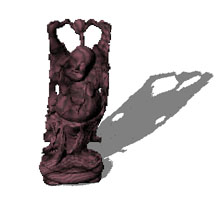
H.Q. Dinh, R. Metoyer, and G. Turk
IASTED International Conference on Computer Graphics and Imaging, 1998 PDF 460KB
We present a technique for varying the shading and the shadows of image-based objects texture hardware. We achieve real-time display rates, while freely intermixing image-based models with traditional polygonal models.
project webpage